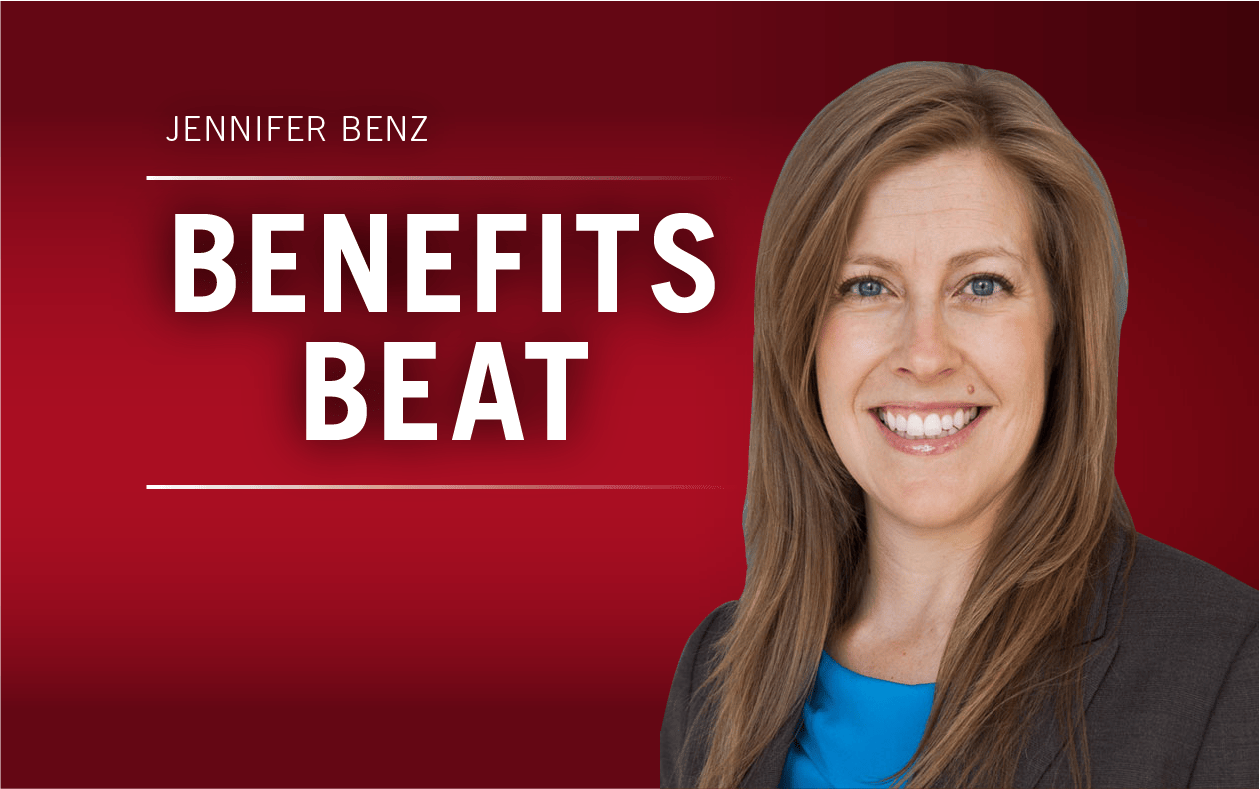A lot of conversation focuses on helping people manage the day-to-day stress that comes with modern life and the modern workplace.
 Whether it is looking at financial well-being (or the lack thereof), the stress of constant change, and the greater demands placed on an always-on workforce, we know there’s a problem. Diagnosing the root cause can be difficult, and that’s why I was so struck by my friend Aaron Hurst’s summary of the six unintended consequences of the modern workplace. He presented it at Purpose 2030, his company Imperative’s annual conference that focuses on aligning people and organizations around purpose and connection. (Full disclosure: I’m on Imperative’s board.)
Whether it is looking at financial well-being (or the lack thereof), the stress of constant change, and the greater demands placed on an always-on workforce, we know there’s a problem. Diagnosing the root cause can be difficult, and that’s why I was so struck by my friend Aaron Hurst’s summary of the six unintended consequences of the modern workplace. He presented it at Purpose 2030, his company Imperative’s annual conference that focuses on aligning people and organizations around purpose and connection. (Full disclosure: I’m on Imperative’s board.)
One of the most important insights from their recent research is that creating deeper connections among people is a vital element to the success of organizations. I left their event inspired about how to build those connections on our team and thinking a lot about the idea that a leader’s job now includes creating an environment that supports deep and meaningful connections among colleagues, whether they are sitting side by side in an office or working in various locations around the world.
But that’s hard to do if we don’t examine why work has become a place that often creates the opposite of connection — loneliness and isolation. Looking at some of the unintended consequences we’ve created gives us a path for starting to solve them.
Productivity and communication tools like Slack can increase efficiency and collaboration, promoting quicker decision-making and information sharing. But the volume of communications can be a challenge.
Also in Benefits Beat: Make Benefits and Internal Communications Inseparable
As quantity increases, stress can too, and many interactions feel transactional rather than personal. For benefits teams, these new tools can be a daunting new feedback channel to manage as well. Several of our clients use them to promote benefits in creative ways, but keeping up with employees’ dialog and questions can become a full-time job.
Questions to consider: How do we support conversations that are meaningful? And how can benefits teams with limited resources embrace new tools?
Remote work is an amazing thing. It has expanded the possibilities for the way we work and with whom. For our team, it has been a vital tool for us to bring on key talent, and I think supporting remote work is beneficial in countless ways. But, with less room for casual and face-to-face interaction, authentic connection among employees can be lost.
Questions to consider: How can we enable a sense of belonging and connection with those working remotely? How can benefits create ways for people who work remotely to feel connected and supported by their organizations?
Diversity and inclusion are key goals for most of us. The connection to benefits and the ways we build support programs for various employee groups is a hot topic.
But fully embracing a diverse and inclusive environment creates unique new challenges that require a lot of intentional new behaviors. This side of D&I is not always fully acknowledged or discussed.
As Aaron Hurst says, “The workforce is growing more diverse in every way. It is building a more inclusive society and economy as well as bringing new perspectives to work that drive innovation. When we work with people who are similar to us, the norms of communication and interaction are pretty clear, and it is easier to feel psychologically safe. When we have a diverse workforce, the old models of communication and collaboration are no longer adequate.”
Questions to consider: What does a workplace look like that can fully address the psychology of diversity? How do benefits and other programs build connections and support full inclusion?
Many modern corporations have adopted open-plan designs, hoping it will increase collaboration and productivity. In reality, workers often find that removing physical walls can decrease the quality of connection with those we work with and make focused work more challenging.
Also in Benefits Beat: A New Look at Caregiving
Questions to consider: How can we retain the benefits of open spaces while also restoring more intentional connection? Can benefits like mindfulness training or well-being challenges help individuals and teams get better connected inside and outside of the office walls?
The negative side effects of engagement as a main measurement tool and the challenges of shrinking tenure are also among the unintended consequences Aaron covered. What are the other unintended consequences of your modern workplace? And how are you going to use this year to solve them?



